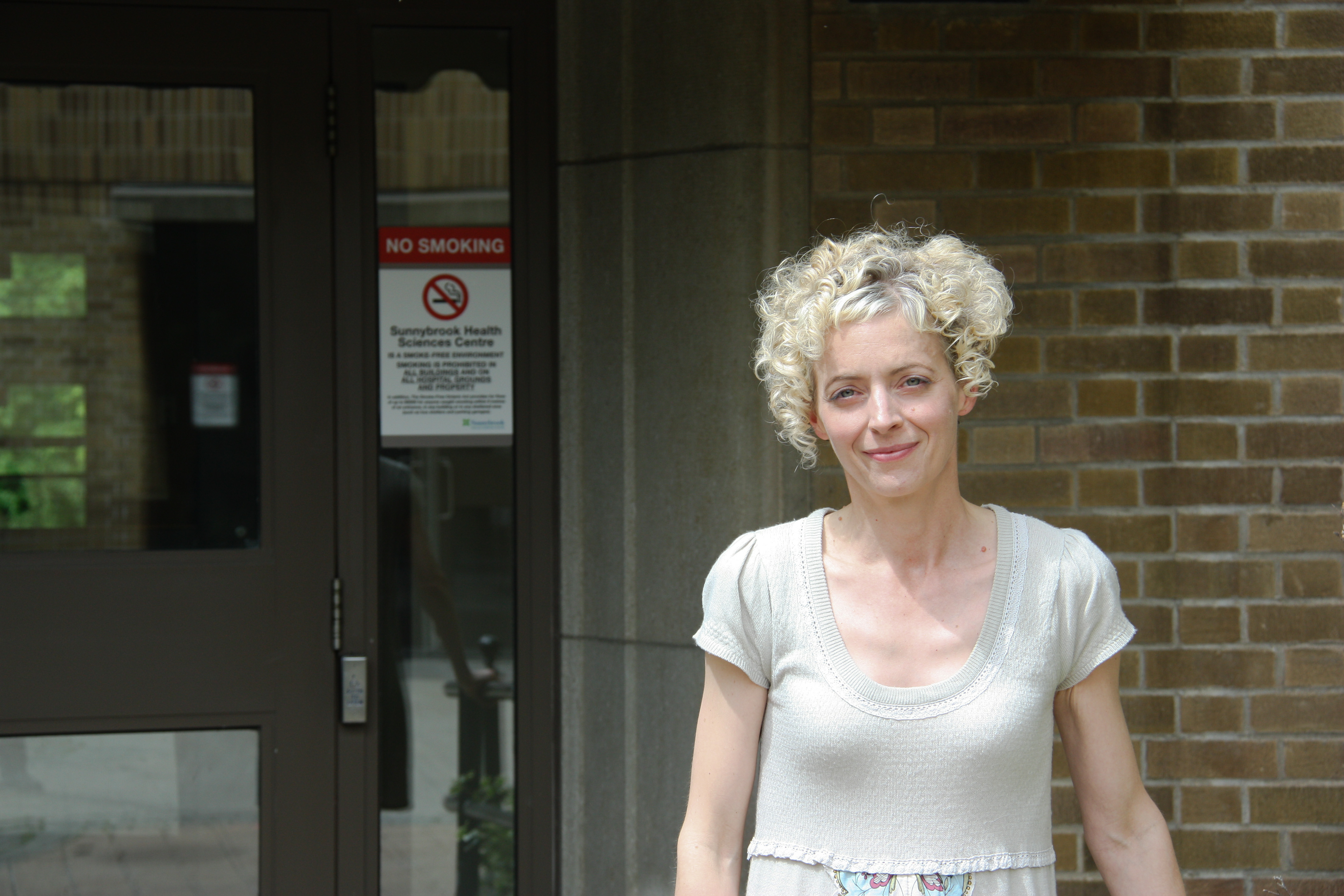Making Care Better

Marian Vermeulen
By Jim Oldfield
Marian Vermeulen loves her job.
"I can't imagine doing anything else," she says, in her corner office overlooking a medley of trees at Sunnybrook Health Sciences Centre.
As an epidemiologist, Vermeulen is part of a research group that includes several principal investigators at both Sunnybrook Research Institute (SRI) and the Institute for Clinical Evaluative Sciences (ICES).
Most often, Vermeulen works with Dr. Michael Schull, a senior scientist at SRI and ICES who is also an associate professor in the department of medicine at the University of Toronto. The mix of staff from both institutes, within Schull's team and the broader research group, fosters information sharing, collaboration and productivity that Vermeulen appreciates.
More importantly, her role allows involvement in all aspects of the research process: developing the research question, building a funding proposal, designing the study and executing it—which for Schull's team of epidemiologists means analyzing data collected by clinical staff. Then there's publishing results and writing reports.
Though she has written or co-authored dozens of papers, Vermeulen is currently focused on one project: the Emergency Department Process Improvement Program, a study of overcrowding and interventions to improve emergency room wait times in Ontario.
"A lot of research suggests that prolonged wait times are harmful to patients, especially those who need time-sensitive treatments," says Vermeulen. "Now that we're monitoring wait times, it's clear they're not within acceptable standards."
Research by Schull's team and others suggests that patients waiting the longest are often those who have been admitted to hospital, but who haven't been given a bed because none are available—a system-wide problem the province is trying to address through site-specific improvements, which Vermeulen and her team are evaluating.
The solution is not simply to add more beds. Some hospitals, for example, have workflow problems that can be improved more cost-effectively through better patient discharge planning or increased communication among staff.
Crunching Data Quickly—and Comprehensively
One surprise from this project for Vermeulen, who spends much time in the quantitative realm of biostatistics, has been the usefulness of qualitative research methods—talking to and surveying front-line clinical staff. This approach has produced insights the researchers might otherwise have missed, says Vermeulen, and it allows for quick turnaround of preliminary research findings, which Ontario's Ministry of Health and Long-Term Care frequently asks Vermeulen and her team to produce.
The pressure to offer actionable findings, says Vermeulen, is one of the biggest challenges of her job. "We do have to manage expectations," she says. But that task in turn depends on how quickly and thoroughly the clinical sites send data to her.
The Right Credentials
Ensuring smooth data flow from research hospitals is an important part of Vermeulen's job, but it's one to which she brings front-line experience and patience. She completed a Bachelor of Science in nursing at McMaster University before doing a master of health sciences in community health and epidemiology at U of T.
Vermeulen says her clinical background has also been helpful for understanding issues in health care delivery and formulating focused research questions—a key part of the research process at which Schull is particularly adept. Other qualities that serve her well, she adds, are creativity—the ability to conceive unusual questions—and organization, critical for working with huge epidemiological data sets.
Though organization is essential in nursing, which Vermeulen also found quite rewarding, the appeal of having a wider impact on more patients drew her to epidemiology. "Sometimes you get lost in your own world, and wonder how much of an impact you're having," she says. "But in emergency department crowding, our research has helped highlight the problem. And hopefully, we'll also be part of the solution."






